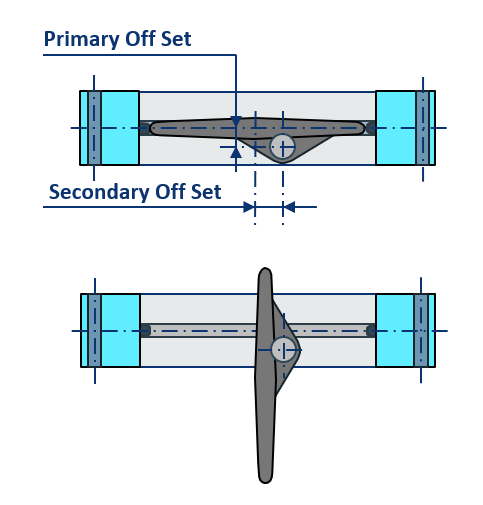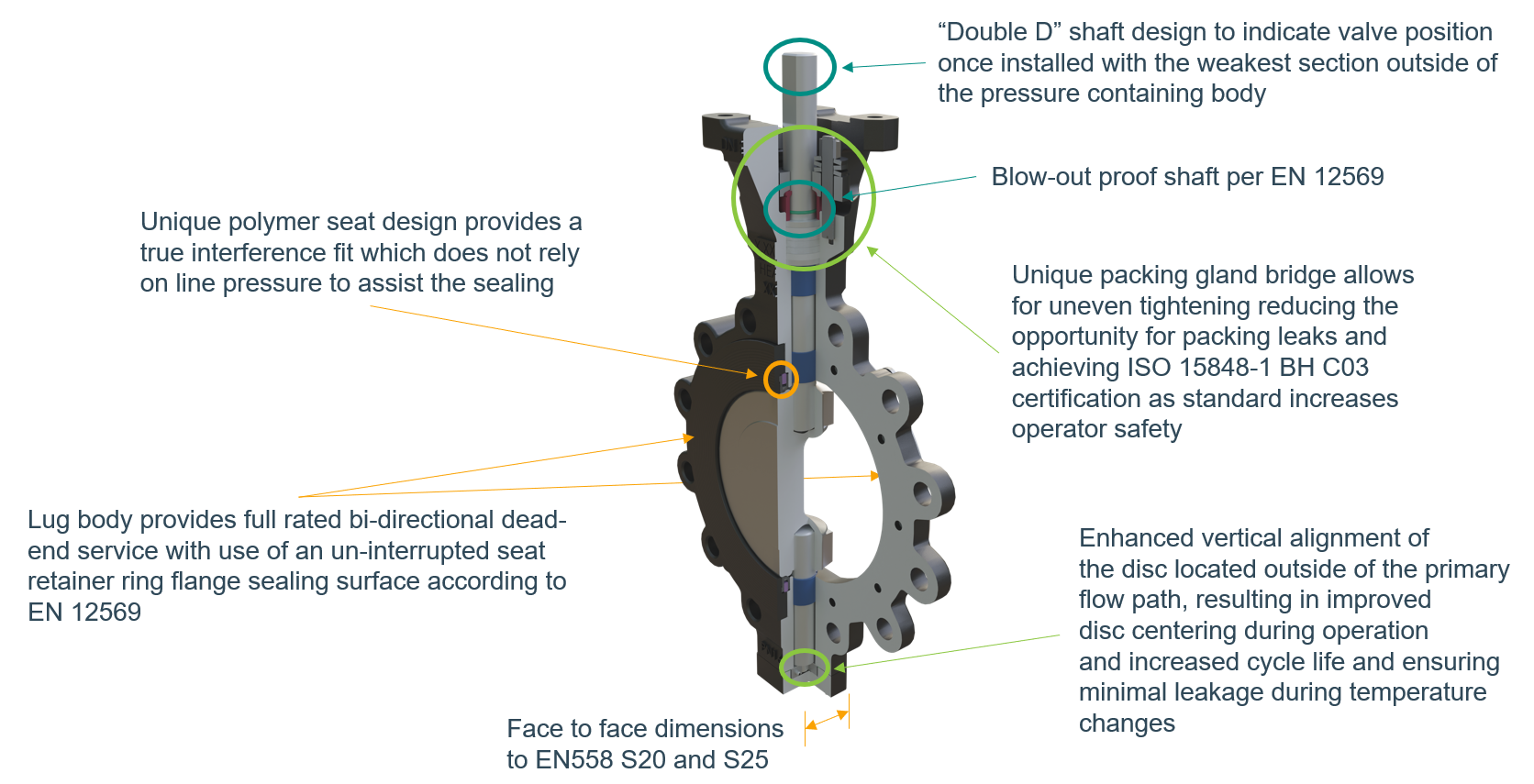Emerson’s Karin Pharr presented Valve Innovation Solves Requirements of NAMUR NE 167 To Yield Sealing, Safety, Emissions Performance at the 2024 Emerson Exchange Conference in Düsseldorf, Germany. Here is her presentation abstract:
Chemical producers rely on valves to ensure a safe work environment for personnel, reduce fugitive emissions and maximize plant productivity. In an effort to harmonize design and function requirements for valves, NAMUR (The User Association of Automation Technology in Process Industries) released recommendation NE 167. This recommendation contained new, state-of-the-art technical requirements for valves that elevated safety, improved fugitive emissions compliance and increased performance.
Karin opened her presentation by sharing a brief history of the Keystone brand and K-LOK valve. The Keystone brand has operated in the butterfly valve market for over 70 years and has been owned by numerous parent companies. It was initially created when the Keystone Tool Company founded in 1947 in Houston, Texas by C.K. Stillwagon. Stillwagon designed and patented the first Keystone Butterfly Valve in 1951. In 1986, Keystone introduced the K-LOK High Performance (or “Double Offset”) Butterfly Valve.
 Key design fundamentals of the K-LOK valve include:
Key design fundamentals of the K-LOK valve include:
- Double offset disc design for longer valve cycle life and to extend the integrity, or lifetime, of the seat
- Weight savings compared to gate/ball Valves which lowers piping stress
- True isolation, valves are factory tested for no allowable leakage
- Inference-fit seat polymer seat design provides superior isolation in difficult services containing particulate and scaling, where other high-performance butterfly valves may fail
- High flow capacity with a good range of control
Some applications where K-LOK technology has been successfully applied include airport fueling, hydrocarbon-based processes, chemicals, purified gases, process water, steam, vacuum service, desalination, ethanol & biodiesel, oil & gas, power, and mining.
NAMUR Recommendation NE 167 was first published in 2021 by the Working Group for Control Valves. It replaced the existing PAS1085 standard and established the ideal standards necessary for industrial valves, actuator, and field devices in the chemical and petrochemical industries.
NE 167 specifies numerous design criteria not limited to:
- Safety coefficients of shell materials
- Electrical continuity requirements for wafer-type valves
- Emissions limitations for tightness of the valve to atmosphere in TA-Luft applications (as certified by EN ISO 15848-1)
- Valve position indication requirements
- Shaft strength and safety
- Face-to-face dimensional requirements
Here are some of the challenges to valve design that need to be addressed due to NE167.
- Emissions limitations for tightness of the valve to atmosphere in TA-Luft applications (as certified by EN ISO 15848-1). This establishes a common standard for stem leakage sealing and a guideline for measuring the endurance of leakage reduction.
- Shaft strength and valve position indication requirements – The shaft must be designed to be anti-blowout with the weakest point located outside of the valve body. The shaft should indicate the position of the valve, even after valve installation.
- Face-to-face (FTF) dimensional requirements – For Butterfly Valves, the FTF dimensions should meet DIN EN 558 Series 20 or Series 25 (as an alternate). Interaction of the FTF while providing an un-interrupted sealing surface in accordance with EN 12569.
The Keystone K-LOK Series 38 meets the requirements of the NE167 standard.
From a fugitive emissions standpoint, a reinforced body neck and gland follower to ensure compliance with fugitive emissions testing (FET) requirements. It incorporates a two-piece self-centering gland follower design that ensures adequate compression and sealing of the stem packing assembly to reduce the possibility of leakage or emission. Live-loaded gland bolting is a standard part of the valve design to maintain compression while reducing the need for packing adjustment.
The K-LOK valve has been a robust, versatile high performance butterfly valve product serving multiple industries and applications. It delivers a valve solution that not only meets the design requirements of the new standard, but helps chemical producers achieve their safety, sustainability, and performance goals.
Visit the Keystone K-LOK Series 38 High Performance Butterfly Valve page on Emerson.com to learn more about this valve to meet your demanding applications.

